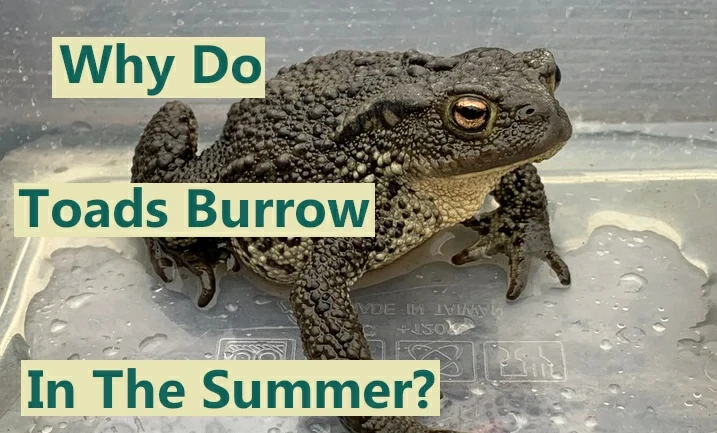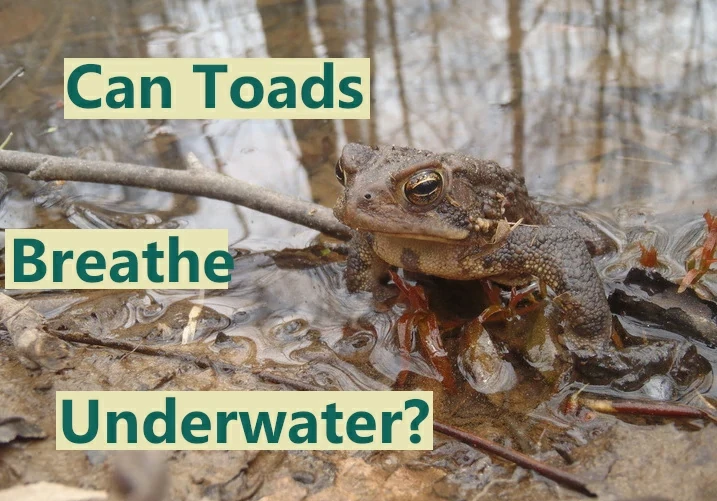Why Do Toads Burrow In The Summer?
Toads and other amphibians are most active in the warm spring and summer months. During hot periods in the summer, it’s common to see toads burrowing and burying themselves in the sand. Toads burrow in the summer to cool off from the hot temperatures. Sand is a poor thermal conductor, so a toad buried in … Read more






